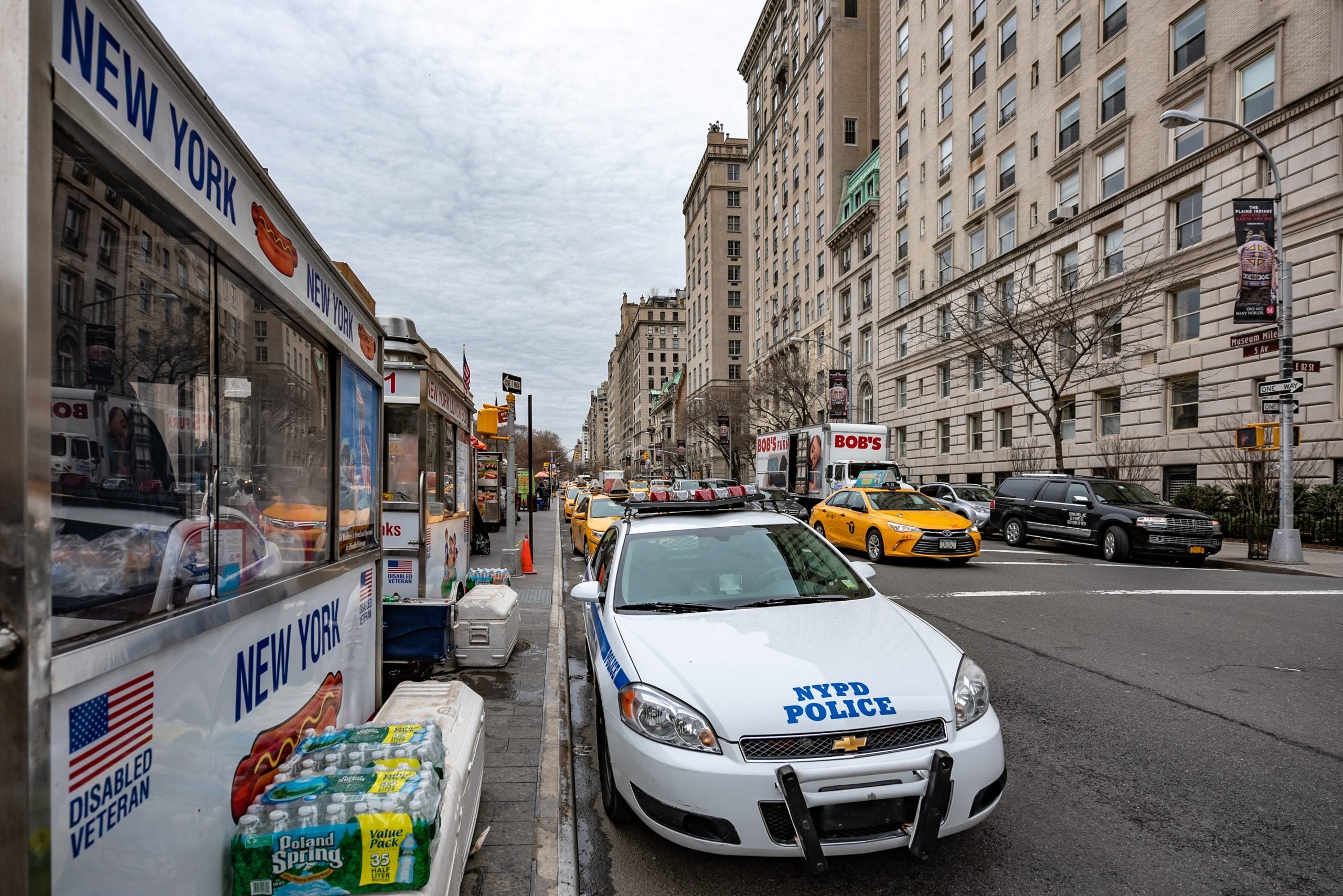
Over the past few weeks, protests have taken place across all 50 states in response to police brutality and the murder of George Floyd in Minneapolis. The demand to “defund the police” and the concept of “police abolition” — though not new — have captured the public’s attention and have sparked much debate over the role of police in our communities and whether they can truly be reformed.
The debate has also challenged long held assumptions about the primary function of policing in our country. As longtime abolitionist Mariame Kaba recently wrote, “there is not a single era in United States history in which the police were not a force of violence against black people.” From slave patrols to enforcing Jim Crow laws to cracking down on peaceful protesters today, policing has long been about protecting property, power, and maintaining order through the discretion to use violence. Given this history, many wonder if it is even possible to improve a system that was never designed to serve all people.
After decades of training, bans on certain policing tactics, and the introduction of body cameras, the public is increasingly aware that police often break rules, and reforms don’t change the role of police from maintaining order to improving safety. As Rachel Herzing, co-director of the Center for Political Education, explains “one of the surest ways to eliminate the violence of policing is to reduce opportunities for contact with law enforcement.” This understanding has guided decades of critical research, scholarship, and building models to envision alternatives to policing.
For Cat Brooks, a longtime organizer and abolitionist in the Bay Area, that included co-founding the Anti Police-Terror Project (APTP) in 2014, a coalition that seeks to build models to end police violence and support impacted families and communities. Brooks was called to this work following the 2009 murder of Oscar Grant by BART police. “Something in me shifted that day,” she explained.
After participating in constant mass mobilizations and volunteering her time towards fighting for justice for Grant, Brooks and other organizers started having conversations about how to be more proactive. “Why were we not thinking about being reactionary and visionary?,” she recalls thinking. Brooks and others began thinking about how to disentangle communities from law enforcement and pushed a campaign to defund the Oakland Police Department.
As a survivor of partner violence, Brooks says she struggled with the concept of abolition for a long time. “I’m no different than anyone else. I too used to call the police.” But the data on policing and incarceration made it clear that the current system was not the answer. “The majority of people sitting in cages across the country are in there for mental health or substance abuse or crimes of survival. Or because they are poor and Black.”
One of the models APTP built was Mental Health First (MH First) in Sacramento. At least 1 in 4 people who are shot and killed by the police suffered from an acute mental illness at the time. MH First is a mobile mental health crisis response team that offers a non-punitive, patient-centered alternative. The team is composed of a contact person who builds a rapport with the person in distress; a health expert, such as a doctor, EMT, or nurse; and a safety liaison, whose job it is to interact with the police if they arrive, as well as any community members or onlookers. The goal is to assist someone in solving their own crisis, and helping them create a safety plan should another crisis arise.
APTP is also a co-sponsor of the Community Response Initiative to Strengthen Emergency Systems (CRISES) Act in California, which would help support more alternatives to policing. CRISES would create a grant program for community-based responses to emergency situations, such as a mental health crisis, homelessness, intimate partner violence, and natural disasters. The program would cost $16 million— or the equivalent of 0.001% of the state’s police spending. The CRISES Act recently crossed a major threshold and heads to the California Assembly Floor for votes this week.
“This is a marathon, not a sprint. We should be focused on radical reforms and not tinkering around the edges,” says Brooks. “We need to chip away at the current system little by little, piece by piece until we have truly reimagined public safety.”
The thought of ending policing as we know it is often interpreted as an invitation for anarchy. Critics like to bring up heinous crimes and challenge abolitionists on what their plan would be to address these scenarios. However, unlike the storylines on television, police aren’t swooping in to save the day. Most violent crimes go unsolved and police mostly address nonviolent offenses, such as loitering, homelessness, and fare evasion. Abolitionists like Brooks are simply saying a better way is possible, and they are willing to put in the work to discover it.
As Kaba explained during a recent panel, “abolition [is] a project of building and making and constantly iterating ideas and using our imaginations all the time.” It is both a vision and a practice. While reform requires us to affirm the current system and surrender our imagination to the police, abolition challenges us to use our best thinking to build a better society.
Abolition is not anarchy. It is a project of possibility.
Tracey Ross is a writer and advocate who leads federal policy and narrative change efforts for PolicyLink, a national research and action institute advancing racial and economic equity.